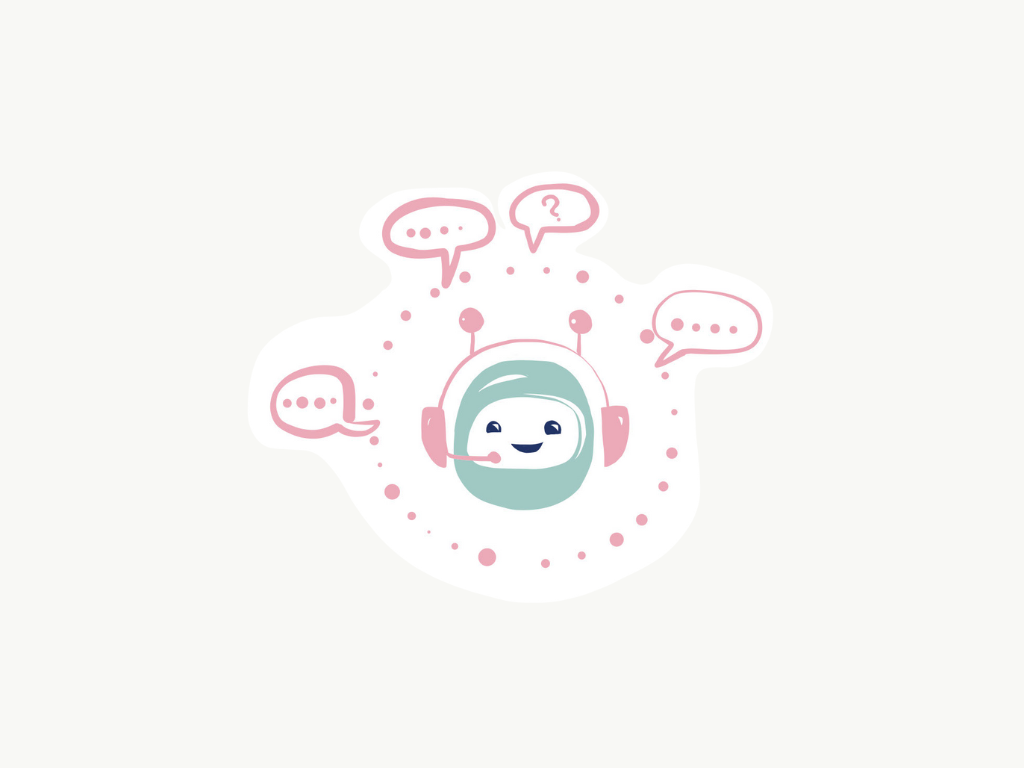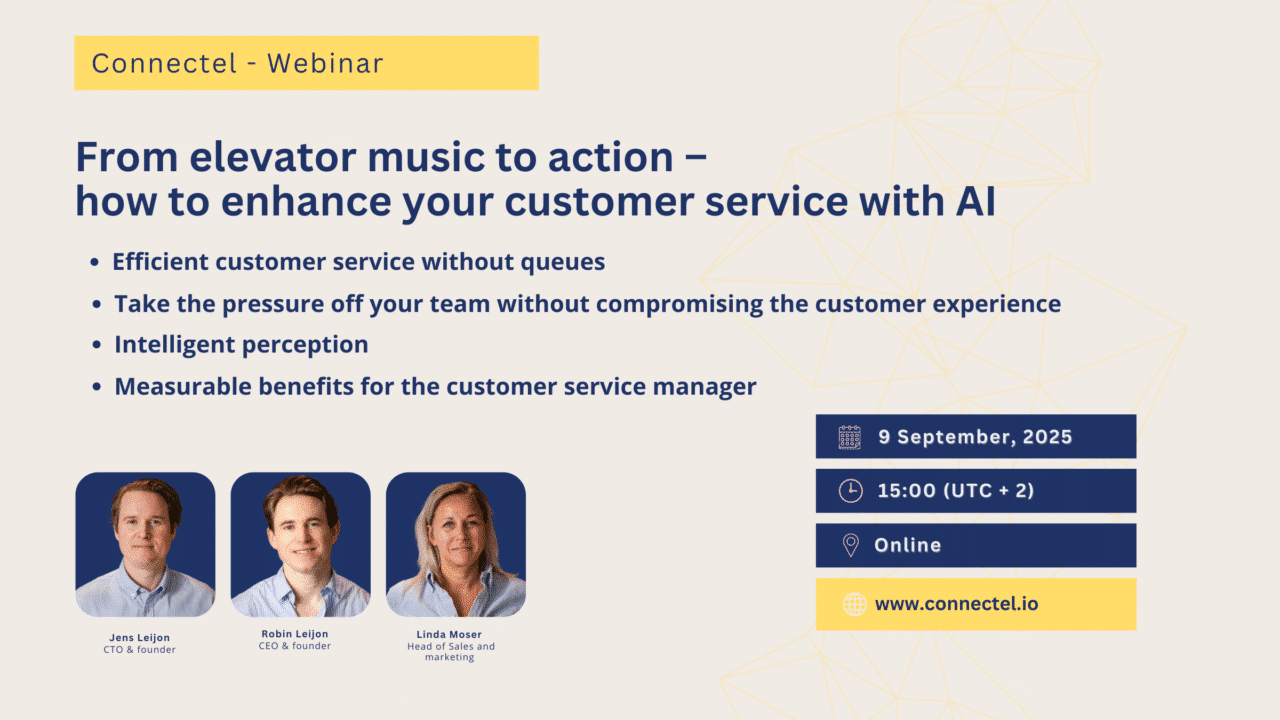

How to use AI in your customer service
As technology continues to evolve, more and more businesses are turning to artificial intelligence (AI) to improve their customer service operations. AI has the power to enhance the customer experience, increase efficiency, and reduce costs.
When we talk about AI, most people automatically think about a chatbot disguised as a human, but not fooling anyone. AI for us is about utilizing technology and tools to expand your service offering and make your customer service team more agile.
Before we go into all that, we really want to acknowledge the hard work that customer service teams put in to keep customers happy. Businesses are facing higher ticket volumes and customers who have higher expectations on service and less patience than before. Add peak seasons like Black Friday and it’s enough to put severe pressure on any customer service department.
To help your team thrive, operate smoothly and also keep your team happy, it is essential to invest in tools that help you reach your full potential. Being strategic and using technology in specific situations will not only reduce friction but result in happier customers and employees. Here are some tips on how to use AI in your customer service team.
Implement a chatbot or voicebot
We just mentioned that AI is not a chatbot disguised as a human so this one might seem a bit contradictory. However, one of the most popular uses of AI in customer service is the chatbot or voicebot. You just need to make sure to use these strategically and to not try to hide the fact that you are using AI.
Benefits of these bots are that they can handle simple customer inquiries and free up your team to focus on more complex issues. Chatbots and voicebots are available 24/7, which means that your customers can get the answers they need even when your team is not available. Plus, they can handle multiple inquiries at once, which helps reduce wait times for your customers.
In our experience, Customer Service Managers often tell us that they don’t have errands or questions that can be handled by a bot. Bots have become increasingly advanced and can successfully handle for example taxi bookings, which is a relatively complex errand type. In other words, there is most likely a lot of untapped potential in regards to using AI to optimize your operations.
Use bots to automate repetitive tasks
AI can help your team automate repetitive tasks, such as answering frequently asked questions, scheduling appointments, and providing basic product information. This can free up your team to focus on more complex tasks and improve their productivity.
Free up your agents time so that they can put all their effort into the customers who truly need human help. In doing this, you maximize the capacity of both your agents as well as the technology used.
Use AI to personalize the customer experience
AI can be used to personalize the customer experience by analyzing customer data and providing personalized recommendations. By understanding a customer’s preferences and behavior, AI can suggest products and services that are most relevant to them. This can help improve customer satisfaction and increase sales.
Use AI to analyze customer data
AI can be used to analyze customer feedback, such as reviews and surveys. This can help you identify areas where your customer service team can improve and make adjustments to your operations. AI can also be used to predict customer behavior, such as churn or repeat purchases, which can help you proactively address customer needs.
Speech Analytics can also be used to transcribe and analyze conversations, providing you with valuable information. This can be used to identify what types of tickets or questions are most common, and in real-time seeing if there are sudden issues that need you attention. For example if there is a sudden increase of incoming errands asking why a service is not working. Speech analytics can also be used for quality control, identifying satisfied or dissatisfied customers and for agent training.
Invest in AI-powered tools
There are many AI-powered tools available that can help your customer service team work more efficiently and effectively. For example, there are tools that can help your team manage customer inquiries across multiple channels, such as social media, email, and phone. There are also tools that can help your team respond to customer inquiries in real-time, which can improve customer satisfaction.
Benefits of investing in bots for your customer service department:
- Reduces the costs in a contact center
- Increases efficiency
- Helps broaden your talent pool by essentially creating more agents that handle first line support
Conclusion
In conclusion, AI has the power to transform your customer service operations. By implementing chatbots and voicebots, automating repetitive tasks, personalizing the customer experience, analyzing customer feedback through speech analytics, and investing in AI-powered tools, you can improve the efficiency and effectiveness of your customer service team. By doing so, you can increase customer satisfaction and loyalty, while reducing costs and improving your bottom line.


